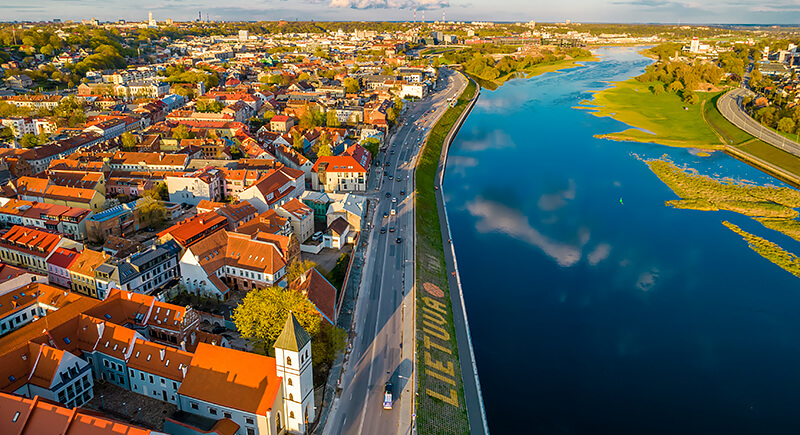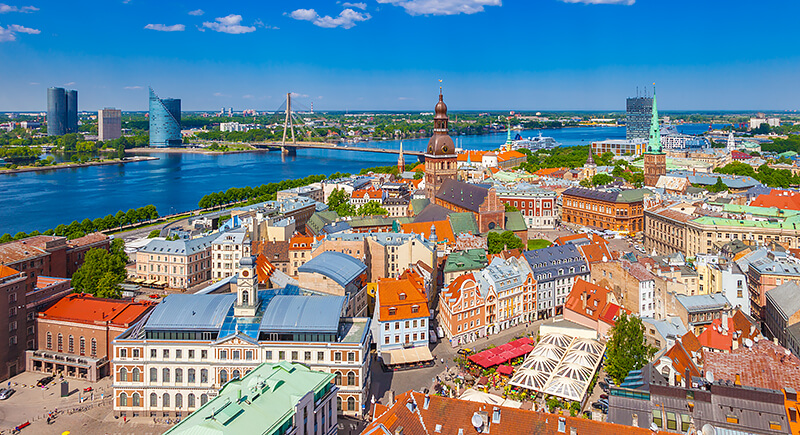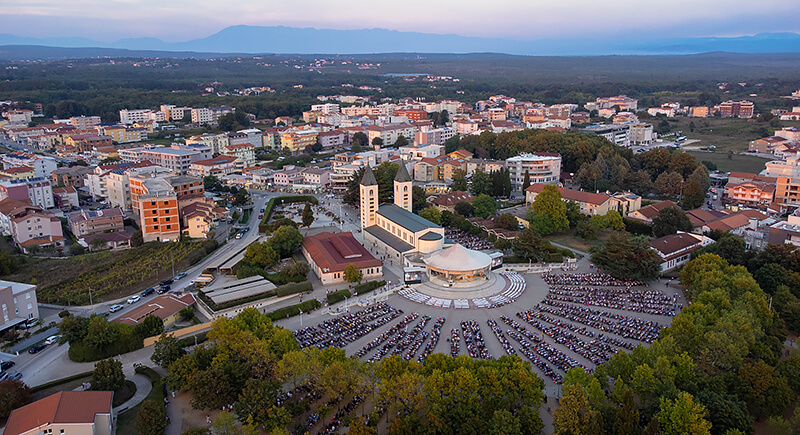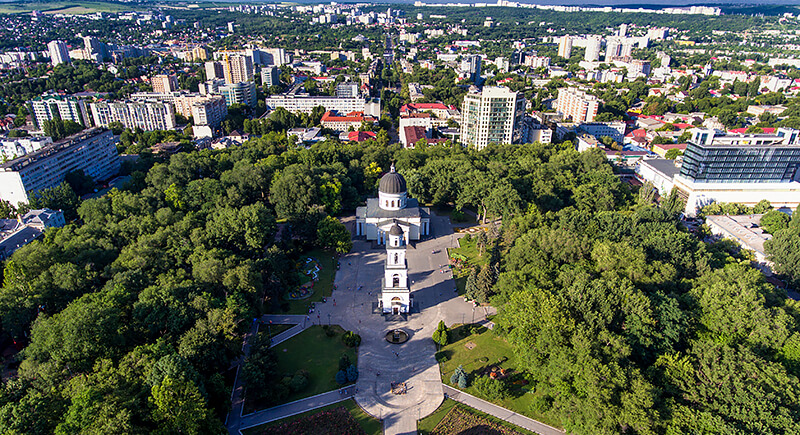Shrinking birth rates, mass emigration, and aging populations are reshaping the world’s demographics, and some countries are feeling the crunch more than others. These nations face population slides so sharp that their future growth—and in some cases, their cultural continuity—is at risk. Here’s a look at places where numbers are falling fast and what makes each story unique.
Bulgaria

Bulgaria is losing people faster than almost anywhere else in Europe. Outbound migration is a huge driver, as many young workers head to Germany or the UK for jobs. The population has dropped from 6.8 million in 2024 and is expected to fall to around 5.4 million by 2050.
Lithuania

Lithuania’s EU membership opened doors for citizens to seek opportunities abroad. Since 2004, about one-fifth of its population has left. With only 2.9 million people today and projections dropping to 2.3 million by 2050, the country faces challenges keeping its workforce stable while still maintaining traditions that define its cultural identity.
Latvia

Latvia is on a similar trajectory, yet its loss is striking, over 21 percent expected by 2050. Since joining the EU, many residents have moved west, and low birth rates haven’t offset the departures. Local governments are experimenting with incentives to bring people back or encourage larger families.
Bosnia And Herzegovina

In Bosnia and Herzegovina, the fertility rate hovers at 1.26 births per woman, far below the replacement level. Projections show a drop from 3.2 million to 2.5 million by mid-century. The lingering economic instability after the 1990s conflict has nudged skilled professionals to emigrate.
Croatia

The population peaked at 4.78 million people back in 1991. Since then, an aging population and low birth rates have gradually pushed numbers down to around 3.9 million. Some Adriatic villages rely on seasonal workers, and local leaders often speak about reviving rural life through housing subsidies and remote-work initiatives.
Moldova

The country lost about one million residents between 2020 and 2024 alone, and experts expect another 20 percent drop by 2050. Corruption and limited economic opportunities have spurred young talent to seek futures elsewhere, resulting in communities with mostly older residents and shuttered businesses.
Japan

Japan’s fertility rate is about 1.42 births per woman, and a rapidly aging society means fewer workers and more retirees. From 123.8 million in 2024, projections land at 105.1 million by 2050. Villages are turning into “ghost towns,” and programs like “matchmaking festivals” are part of the national conversation.
Serbia

The country’s population fell from 8.7 million in 2020 to 6.6 million in 2024. Looking ahead, the decline could reach 5.5 million by 2050. Many of the country’s engineers and healthcare workers have moved abroad. Policymakers have tested tax breaks for families, but the trend remains difficult to reverse.
Romania

Romania has experienced one of Europe’s largest post-2007 migration waves. Current figures hover around 19 million, expected to fall to 16 million by 2050. Churches and local fairs continue, but with far fewer young faces, concerns about who will sustain agricultural and cultural practices decades from now persist.
Greece

Greece began seeing negative birth rates as early as 2011. The economic crisis that followed drove thousands of young professionals abroad. Islands with dwindling residents have experimented with offering free housing and even small cash grants to families willing to move in and stay.
Albania

The figures reveal a deep demographic shift: over 38 percent of its citizens now live outside the country. The home population is set to decline from 2.8 million to 2.2 million by 2050. Efforts are underway to lure back entrepreneurs with tax incentives and low-interest loans.
Estonia

Population trends here are less dramatic than those in its Baltic neighbors but still notable. The number could shrink by 14.3 percent, dropping from 1.4 million to 1.2 million by 2050. Tallinn’s high-tech sectors continue to thrive, but smaller towns face shrinking school enrollments and reduced services.
Poland

Poland’s demographic curve shows a steady decline ahead: a projected slide from 38.5 million to 32.8 million by 2050. Some cities have launched campaigns encouraging larger families, including childcare perks and housing support, though reversing a cultural shift toward smaller households remains a challenge.
Ukraine

Ukraine lost 5.8 million people between 2020 and 2024, with conflict-related displacement and casualties driving the change. Projections suggest another decline toward 35.2 million by 2050. Beyond the immediate crisis, low birth rates and ongoing emigration make rebuilding the population a daunting long-term task.
Italy

Italy rounds out the list with a projected decline from 59.3 million to 51.9 million by 2050. Births are at historic lows, and many young Italians pursue careers in other European countries. Small villages, particularly in the south, have offered homes for a single euro to attract new residents.